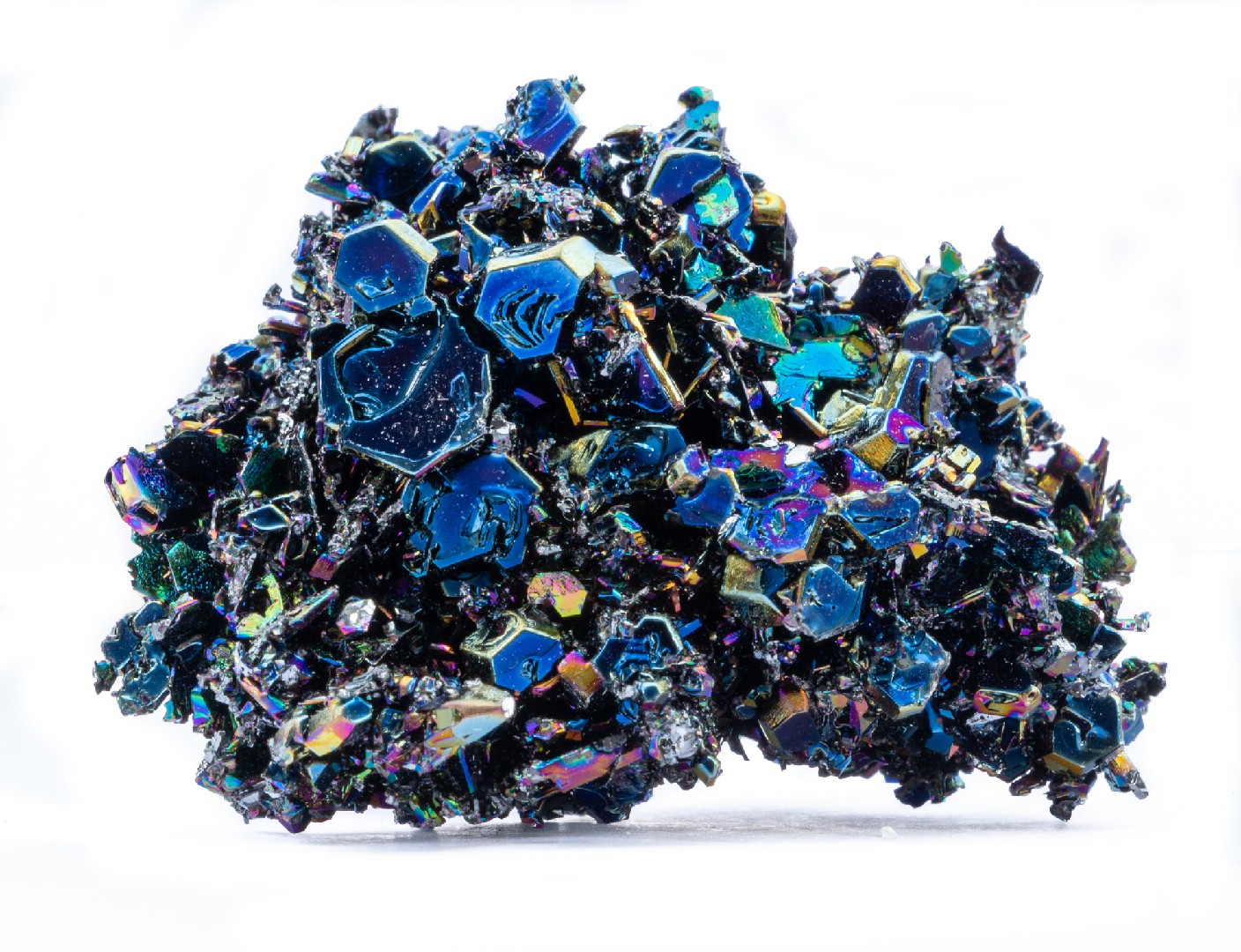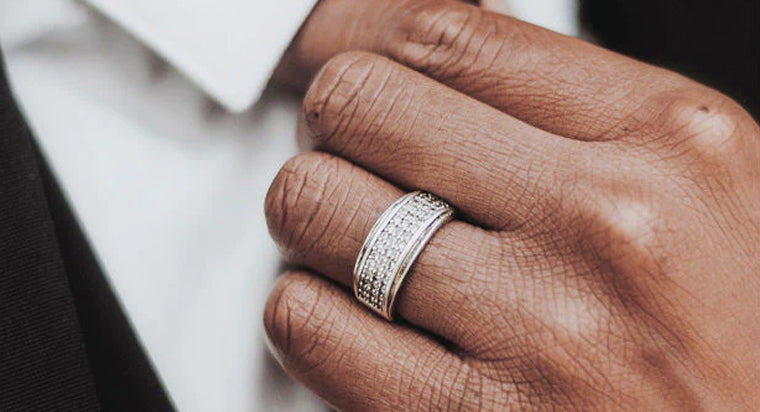Travertine and marble are both natural stones that are popular choices in construction and home decor. Pietra grey marble and silver travertine (French pattern) are samples of the most high-demanded Iranian marble and travertine. While they share some similarities, there are also some key differences between the two.
Appearance: Differences in Color, Veining, and Texture
These two natural stones differ in their appearance in terms of color, veining, and texture. Marble is known for its classic beauty and elegant veining, while travertine has a more rustic and earthy appearance. Travertine typically has a more uniform appearance, with fewer variations in color and pattern.
Color
Travertine is typically beige or tan in color, but can also come in shades of cream, brown, silver, and even red. Marble, on the other hand, can be white, black, gray, green, pink, or even blue.
Veining
Travertine has a more uniform appearance, with fewer veins or patterns. Conversely, Marble is known for its dramatic veining, which can range from subtle to bold.
Texture
Travertine has a more porous texture, with visible pores and holes that give it a unique character. Marble has a smoother texture, with a polished or honed finish that gives it a more refined look.
Finish
In terms of fishing the surface, popular finishes for travertine are polished, honed, scratched and acid washed. While for marble some other finishes including leathered, bush-hammered, and brushed are also demanded.
Overall, while both travertine and marble are natural stones that offer unique beauty and character, they differ in their appearance, with travertine having a more uniform and porous look, while marble is known for its dramatic veining and smoother texture.
Durability: Strength, Resistance to Wear, and Maintenance
Travertine and marble also differ in their durability, strength, resistance to wear, and maintenance requirements.
Strength
Marble is harder, denser, and more durable than travertine. It has a higher density and is less porous, which makes it more resistant to scratches, damage, and wear. But, Travertine is softer and more porous, making it more susceptible to scratches, stains, and wear over time.
Resistance to Wear
Marble is also more resistant to wear and tear than travertine, which is more prone to scratches, chips, and cracks due to its porous nature. However, both stones can be susceptible to staining if not properly sealed and maintained.
Maintenance
Both travertine and marble require regular maintenance to keep them looking their best. Travertine needs to be sealed regularly to prevent staining and damage, while marble requires more maintenance including polishing and sealing to maintain its shine and protect it from damage, as it is more prone to staining and etching.
Cost: Price Comparison and Factors Affecting Cost
In terms of cost, marble is generally more expensive than travertine due to its durability, strength, and unique veining patterns. Travertine is a more affordable option for those looking for a natural stone with a unique appearance.
Applications: Marble and Travertine Uses in Construction
Due to their unique characteristics and properties, these stones have different uses and applications in design and construction. As a result, we will mention some of these usages in the following.
Marble is a popular choice for high-end residential and commercial projects due to its elegant and luxurious appearance. It is commonly used for flooring, countertops, wall cladding, and decorative features such as fireplaces and columns. Marble is also a popular choice for sculptures and other artistic applications due to its ability to be carved, shaped, and polished into intricate designs.
Travertine, on the other hand, is often used in more rustic and natural settings due to its earthy appearance. It is commonly used for flooring, outdoor paving, pool decks, and wall cladding. Travertine is also a popular choice for architectural features such as arches, columns, and balustrades due to its ability to be easily carved and shaped.
Overall, marble is often used in more formal and luxurious settings, while travertine is often used in more natural and rustic settings. However, both stones offer unique beauty and character that can enhance the aesthetic appeal of any project.
Pros and Cons: Benefits and Drawbacks of Each Stone

Travertine and marble have their own unique benefits and drawbacks that should be considered when selecting which stone to use for a project.
Advantages of Travertine:
- Natural and earthy appearance that can enhance the beauty of outdoor and rustic settings
- Durable and long-lasting, able to withstand heavy foot traffic and extreme weather conditions
- Non-slip surface, making it a popular choice for outdoor areas such as pool decks and patios
- Easy to cut and shape, allowing for custom designs and architectural features
Disadvantages of Travertine:
- Porous surface that can stain and etch easily if not properly sealed and maintained
- Limited color options compared to other stones
- Can be prone to cracking and chipping if not installed properly or subjected to heavy impact
Advantages of Marble:
- Luxurious and elegant appearance that can enhance the beauty of any space
- Wide range of colors and patterns available, allowing for custom designs and unique features
- Durable and long-lasting, able to withstand heavy foot traffic and normal wear and tear
- Easy to polish and maintain, allowing for a high-gloss finish that enhances the stone’s natural beauty
Disadvantages of Marble:
- More expensive than other stones, making it less accessible for some projects
- Can be prone to scratching and chipping if subjected to heavy impact or sharp objects
Overall, both travertine and marble offer unique pros and cons that should be considered when selecting which stone to use for a project. The decision ultimately depends on the specific needs and aesthetic preferences of the project.
Conclusion: Choosing Between Marble and Travertine for Your Project
Overall, while both stones offer unique beauty and character, marble is generally considered to be more durable and resistant to wear than travertine, but also requires more maintenance and is more expensive. Travertine, on the other hand, is more porous and requires regular sealing, but can offer a more rustic and natural look.
Ultimately, the choice between travertine and marble comes down to personal preference and the specific needs of each project. Both rocks have their own unique characteristics and can be used to create beautiful and functional spaces.











